I still remember the day I brought home my first celebration maple tree. I was just a few years into gardening, feeling ambitious—and slightly overconfident. It was autumn in Multan, and the nursery guy said, “Yen tree to full drama area!” He wasn’t lying. Within weeks, my yard turned into a flaming masterpiece of orange and red. Five years later, it’s still my favorite tree. Why? It’s got style, sass, and zero tantrums. If you’re looking for a tree that makes your neighbors jealous and birds swoon, stick around. I’ve got plenty to say about this flaming beauty.
What Exactly Is a Celebration Maple Tree?
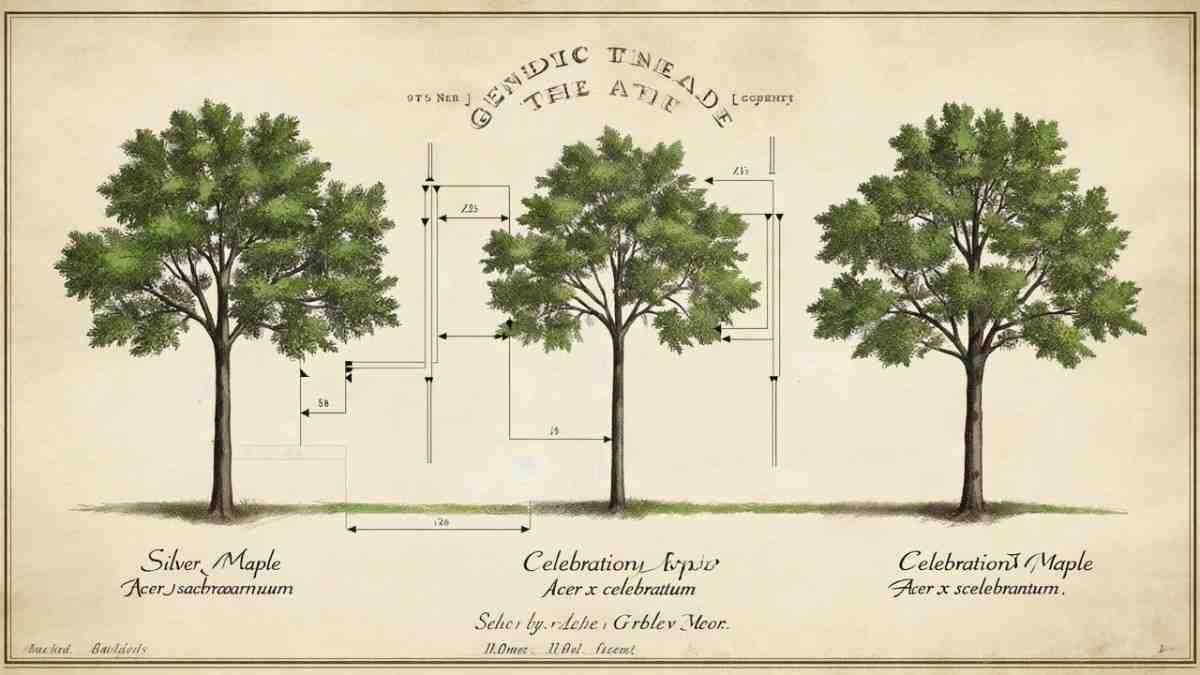
Let’s clear the air. A celebration maple tree isn’t some party-loving, disco-ball-wearing species. Though it does look like it’s celebrating every fall. It’s a hybrid maple—specifically a cross between a Silver Maple and a Red Maple. This gives it the best of both worlds: fast growth and stunning color. With upright branching and symmetrical form, it’s basically the polished cousin at the family reunion who’s both smart and good-looking. If trees had dating apps, this one would get all the right swipes. It grows up to 40–50 feet tall, and about 30 feet wide. Spacious. Confident. Glamorous.
The Jaw-Dropping Colors That Steal the Show
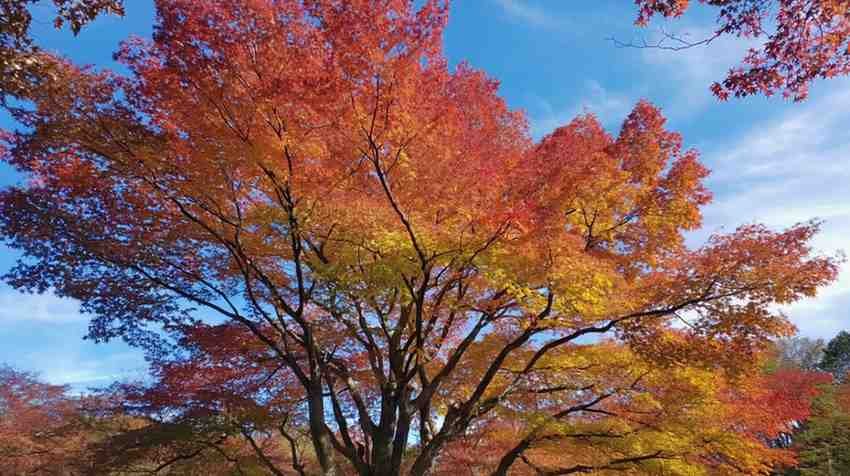
Fall is the celebration maple tree‘s time to shine. It doesn’t just turn red. No, no—this maple goes full inferno. Picture fiery orange, blazing crimson, golden undertones. It’s a visual monsoon. One of those trees that makes people slam their car brakes and reverse just to get another look. Even my skeptical uncle—who thinks plants are just leafy freeloaders—stopped and said, “Wahl, Ahmad. Solid tree.” High praise! And here’s the kicker—it starts turning early in fall and holds onto its leaves longer. More time for selfies. More time to sip chai under its shade and pretend you’re in a movie.
Planting Celebration Maple: Not Rocket Science, But Close
Alright, planting this stunner isn’t as easy as tossing a seed in the ground and whispering sweet nothings. But it’s also not rocket science. Pick a sunny spot—this diva loves the spotlight. Make sure the soil drains well; no soggy roots allowed. Dig a hole twice as wide and just as deep as the root ball. Backfill. Water deeply. Mulch generously. That’s it. Water it regularly during the first year. Once it settles, it becomes low-maintenance. You won’t need to babysit. Think of it as a smart, independent roommate—just the occasional check-in will do.
Why Celebration Maple Tree is the King of Curb Appeal

Let’s be honest—we all want our home to look like something out of a garden magazine. A celebration maple tree is the VIP ticket to that dream. Whether you’re trying to boost property value or impress nosy neighbors, this tree brings the wow factor. It’s symmetrical, elegant, and catches light in the most flattering way. In spring and summer, it’s lush green. In fall? It’s a firework. And come winter, even its bare structure looks like natural sculpture. It’s basically year-round decor—with zero monthly subscriptions. Just one-time planting, and the drama unfolds season after season.
Growth Rate: This Tree Doesn’t Believe in Slow and Steady

This tree doesn’t have patience, and that’s a good thing. It grows fast. I mean, really fast. You’ll see real change every single year. In about 5–7 years, my celebration maple tree turned from a shy little sapling to a tall, majestic canopy maker. Perfect for shade, privacy, and keeping nosy neighbors at bay. Ideal if you’ve just moved into a new home and can’t wait 20 years for your yard to “mature.” This maple grows approximately 2–3 feet per year. Just add water, mulch, and maybe some pep talk—you’ll see it thrive like it’s got ambition.
Celebration Maple Tree: Drama-Free Maintenance
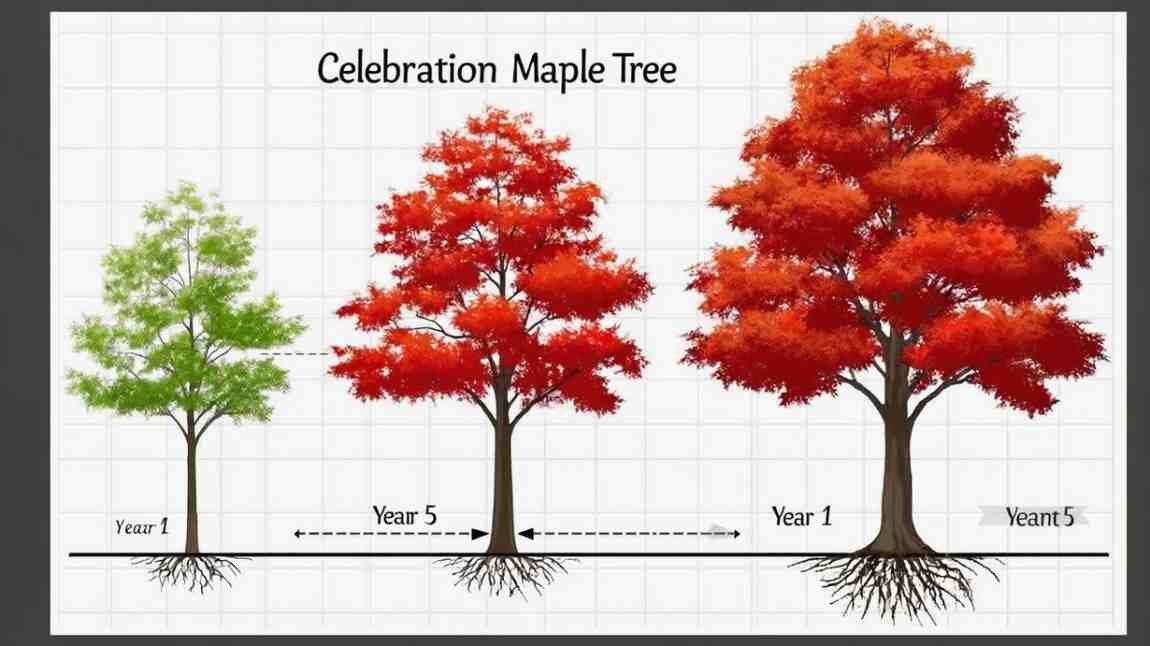
Look, I’ve planted enough finicky trees to know what a nightmare “high maintenance” can be. The good news? The celebration maple tree is drama-free. Water it well in the first year. Mulch in spring. Prune it lightly if branches start crossing. That’s all. It resists pests, handles heat well, and doesn’t sulk in moderate drought. Plus, no raking nightmares—it doesn’t drop a million leaves like some other maples. Just enough to keep your compost bin busy without driving you insane. It’s the kind of tree that lets you enjoy your garden instead of working in it all the time.
Celebration Maple vs. Autumn Blaze: Who Wins the Battle?
Now this debate’s as old as my grandma’s pressure cooker. Celebration maple tree or Autumn Blaze? I’ve had both. Celebration’s form is tighter, more upright, and less likely to get leggy. Its fall color leans more orange-gold compared to Blaze’s scarlet hues. It also leafs out earlier in spring. Bonus points for that. While both are fast-growing hybrids with Silver Maple genes, Celebration stays more composed. Autumn Blaze is the rebel—wild growth, less structured. So, if you want a tidy, artistic tree that’s still bold, Celebration wins the battle. At least in my Multan garden.
The Best Companion Plants for Celebration Maple
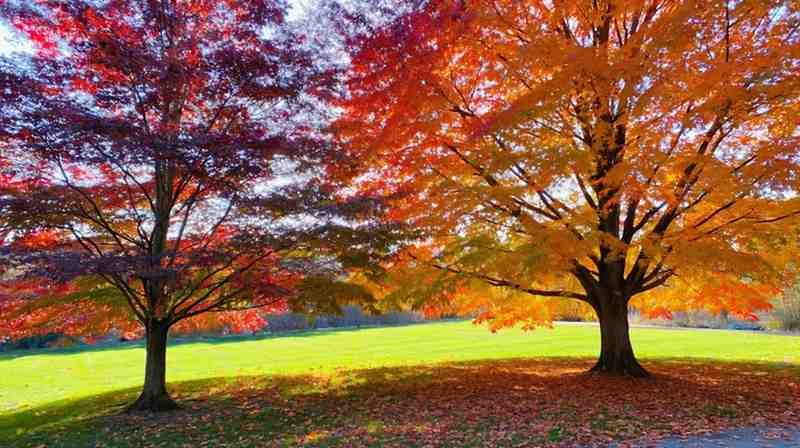
You wouldn’t wear a tuxedo with rubber sandals, right? Well, your celebration maple tree needs good company too. Under plant it with shade-tolerant plants like hosts, ferns, and coral bells. For fall color coordination, try Black-eyed Susans or ornamental grasses like fountain grass. Want a woodsier vibe? Add bleeding hearts or stiles. Avoid thirsty plants nearby—it doesn’t like the competition for water. Oh, and throw in some mulch. It’s not a plant, but hey, it’s like putting a carpet under a sofa—it pulls the look together. Trust me, your landscape will look intentional, not accidental.
Soil Tips: Because Dirt Isn’t Just Dirt
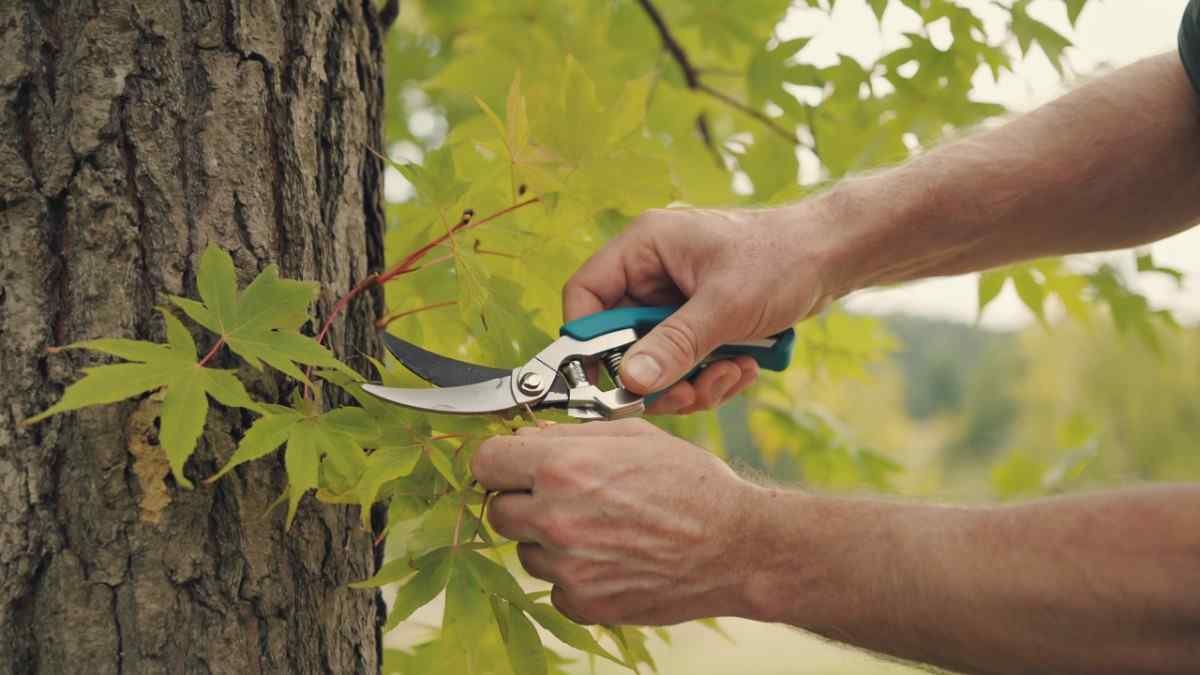
Okay, real talk—soil matters. Your celebration maple tree isn’t a diva, but it does have preferences. Well-drained, slightly acidic to neutral soil is perfect. Clay? Not ideal. Sandy with compost? Chef’s kiss. If you’ve got stubborn soil, amend it with organic compost before planting. Mulching helps retain moisture and prevents weeds from photobombing your perfect tree base. Avoid chemical fertilizers in the first year. Let nature do its magic. Overfeeding is like giving your kid ten Red Bulls. Chaos. Keep it simple, natural, and moisture-balanced. Your tree will reward you with blazing fall performances year after year.
FAQs about Celebration Maple Tree
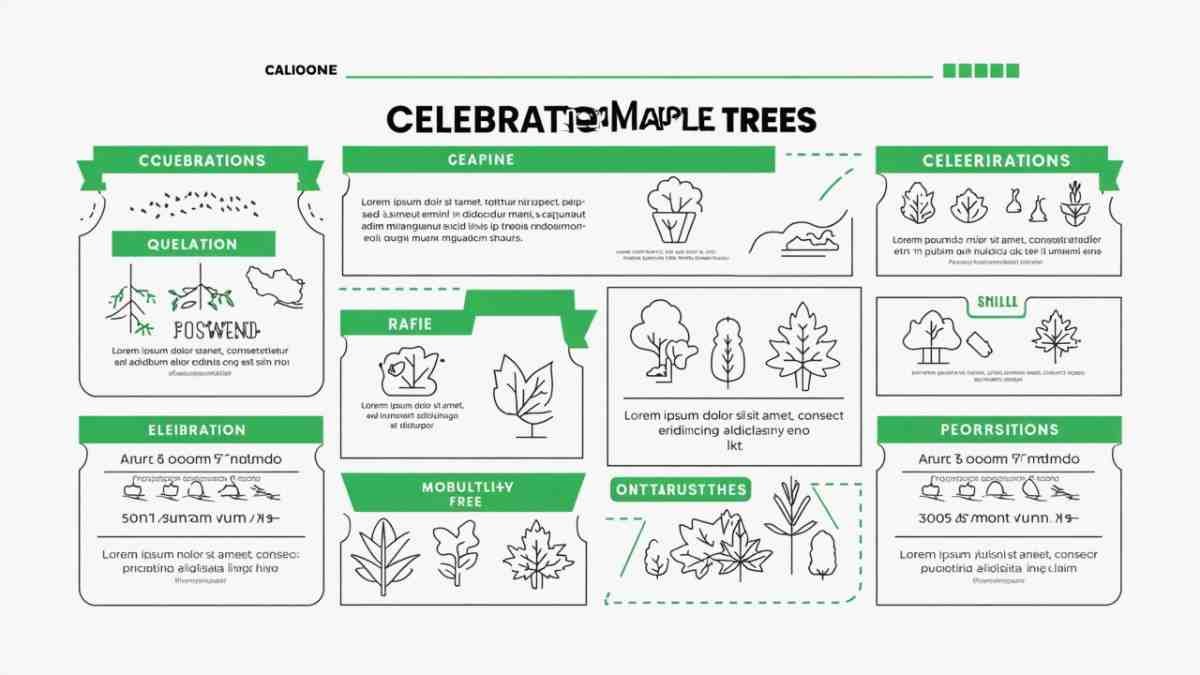
Q1: How long does it take for a celebration maple tree to mature?
A: About 10–15 years for full size, but it looks mature in just 5–7 years.
Q2: Can I grow it in a container?
A: Not recommended. It’s too large and fast-growing for pots.
Q3: Is it messy in fall?
A: Not at all. It sheds gracefully. No leaf explosions like some other maples.
Q4: Does it attract wildlife?
A: Yes! Birds love the canopy. Squirrels may visit too, if you’re lucky.
Q5: Can I prune it heavily?
A: Light pruning is okay. Heavy pruning ruins the shape. Be gentle.
Seasonal Care: A Calendar for Your Maple Rock star
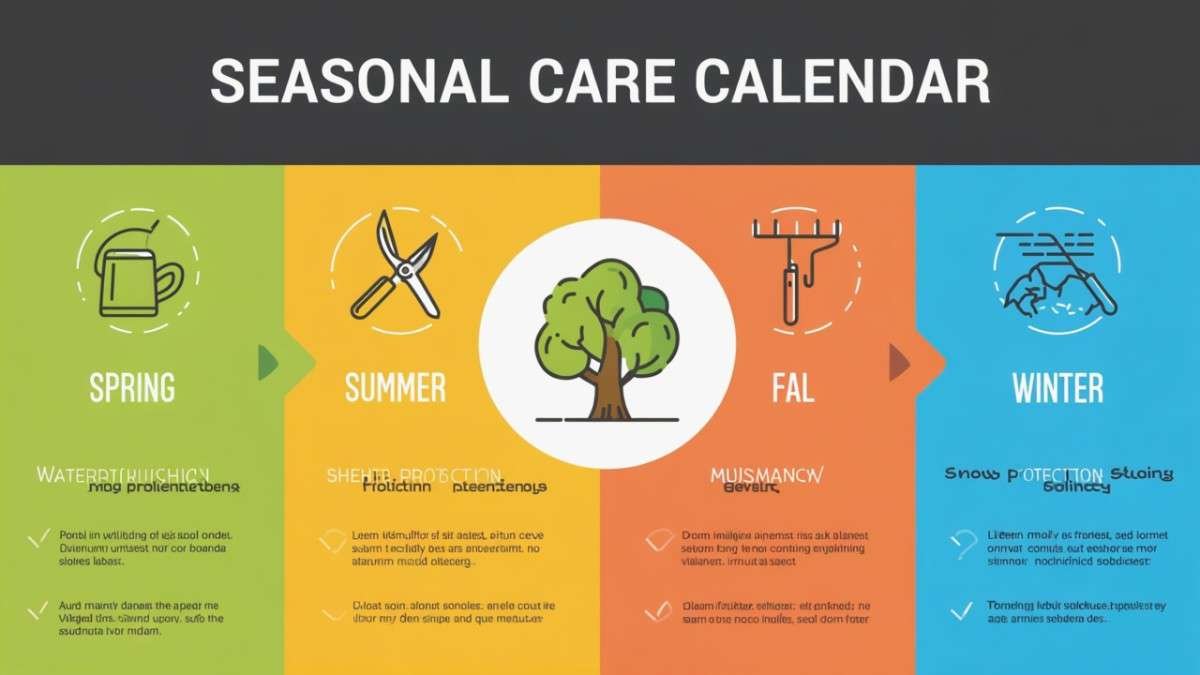
If you treat your celebration maple tree like a celebrity, you’ll get red-carpet results. In spring, feed it a slow-release organic fertilizer if your soil is poor, but don’t overdo it. Summer means watering well in drought spells. Fall is all about leaf-peeping and maybe a gentle prune to remove dead twigs. Winter? Relax. Let it rest. One winter I forgot to mulch around the base, and a few roots got frostbitten. Lesson learned! A 3-inch mulch ring is like a cozy sweater. Keep it warm, hydrated, and lightly trimmed, and you’ll have a happy, award-winning maple star.
Common Pests and Diseases: No Drama Allowed
The celebration maple tree is pretty chill, disease-wise. But no tree is totally invincible, so stay alert. Watch for aphids, borers, and leafhoppers. Nothing a bit of neem oil can’t fix. Powdery mildew? Happens in humid summers, but good airflow takes care of it. Root rot? Only if you drown the poor thing. If you notice wilting leaves or weird spots, diagnose fast—trees are like teenagers, they hide problems until they can’t anymore. Quick intervention saves years of heartbreak. Bottom line? It’s a tough, low-drama tree if you give it space, fresh air, and a sprinkle of TLC.
Landscaping Magic: Design with Celebration Maple

Picture this. A fiery celebration maple tree standing tall behind a cozy stone bench. Autumn leaves falling like confetti. Birds singing their hearts out. Pure therapy, right? This tree makes an incredible focal point. Place it in a front yard to show off, or in a backyard for shade over your patio. Pair with low-growing evergreens for year-round structure. Add a path winding toward it — instant Pinterest moment. Don’t overcrowd. This tree needs room to breathe, kind of like my uncle after too much wedding biryani. Simple, bold, intentional. That’s the landscaping rule with celebration maple.
Environmental Benefits: A Tree with a Purpose
Let’s give this beauty some credit beyond its looks. A celebration maple tree provides wildlife shelter, improves air quality, and helps fight the heat island effect in cities. One tree can absorb up to 48 pounds of CO2 per year. It cools your yard, saves energy bills, and gives pollinators a break from concrete jungles. I always say this tree is like a climate superhero with a fiery cape. Planting one is like planting hope. And in a world that sometimes feels way too hot, a shade-giving, carbon-capturing, color-splashing maple is exactly what we all need.
Watering: The Goldilocks Rule
When it comes to watering your celebration maple tree, follow the Goldilocks principle. Not too much. Not too little. Just right. During its first year, water twice a week in hot spells. Once it’s established, deep water every two weeks during dry spells is enough. I used to water daily like a worried nanny. Big mistake! Roots got lazy. Deep, occasional watering encourages them to grow strong and deep. That means a healthier tree that handles drought like a champ. Invest in a soaker hose if you’re lazy (like me). It’s the best tree babysitter money can buy.
Celebrating fall with Celebration Maple: A Personal Tradition

Every October, I host a “leaf party” under my celebration maple tree. I spread a checkered blanket, pour chai, and invite family. The kids throw leaves in the air, and I swear the tree looks pleased. Trees might not smile, but they seem to respond when you celebrate them. It’s become a family tradition, reminding us that life’s small moments are often the most colorful. If you ever feel gloomy, sit under a celebration maple in fall. The color, the calm, the crunch of leaves — nature’s therapy, free of charge. Beats any shrink’s office, trust me.
Advice: Mistakes I Learned the Hard Way
Okay, confession time. I once planted my celebration maple tree too close to my garden wall. Within five years, its roots were already testing the concrete. Don’t do that. Give it at least 15 feet of clearance. Another fail? Ignoring pruning for three years straight. Result? Branches grew tangled like headphone wires. A yearly shape-up saves so much hassle later. Also — never plant it in a waterlogged depression. Rot is a slow killer. Learn from my errors, folks. This tree is forgiving, but why push its patience? Set it up right, and you’ll get beauty without regrets.
Celebration Maple Tree and Wildlife: Friends, Not Foes
Want to know what animals think of the celebration maple tree? They love it! Birds perch on its branches, building nests and singing their best tunes. Squirrels treat it like their personal playground. Bees and butterflies hover in its shade, dancing around the under plantings. It’s like hosting an all-inclusive wildlife resort. If you want a lively yard, this tree is your best buddy. You might even catch the occasional owl on a midnight hunt. Just remember — don’t panic about wildlife. It’s a sign your garden is healthy. Celebrate it, because a quiet, empty yard is far lonelier.
Celebration Maple: Climate Adaptability and Resilience
We all know climate is going nuts. Summers hotter. Winters weirder. The celebration maple tree handles these mood swings like a pro. Its hybrid vigor makes it adaptable across a huge range of zones — 4 through 9, to be precise. It handles heat, cold, and occasional drought better than many trees in its class. One reason I keep planting them for clients: they survive. Even when other trees throw tantrums, this maple says, “Bring it on.” If you want a resilient, loyal shade-giver for the next 30 years, celebration maple is the plant hero you want.
A Feel-Good Goodbye to Your Tree Journey
If you ask me, a celebration maple tree is more than a landscape feature. It’s a friend. It marks memories, colors seasons, and makes you smile. It makes you slow down, sip that tea, and notice things you usually ignore. Sure, there are trendier trees, but few have its combination of color, structure, speed, and durability. So go ahead — plant one. Then plant two. Watch them grow with you, through your highs and lows. And when fall arrives, throw your own leaf party under its fiery canopy. Because if a tree can celebrate life, so can you.
Final FAQs
Q1: Can a celebration maple tree handle windy sites?
A: Yes! Its strong branching handles moderate winds beautifully.
Q2: Should I stake the tree?
A: Stake only the first year if it’s in a super-windy area. Otherwise, let it build its own strength.
Q3: Will its roots damage sidewalks?
A: Only if planted too close. Give it 15–20 feet from hardscapes.
Q4: How much sun does it need?
A: Full sun, at least 6 hours daily. It loves the spotlight.
Q5: Is it good for urban gardens?
A: Absolutely. Handles pollution and limited soil spaces better than many maples.
Falling for Maple Tree Species – A Leaf, A Story, A Whole Backyard
Related Posts Links :
https://homegardeni.com/falling-for-maple-tree-species-a-leaf-a-story-a-whole-backyard/
